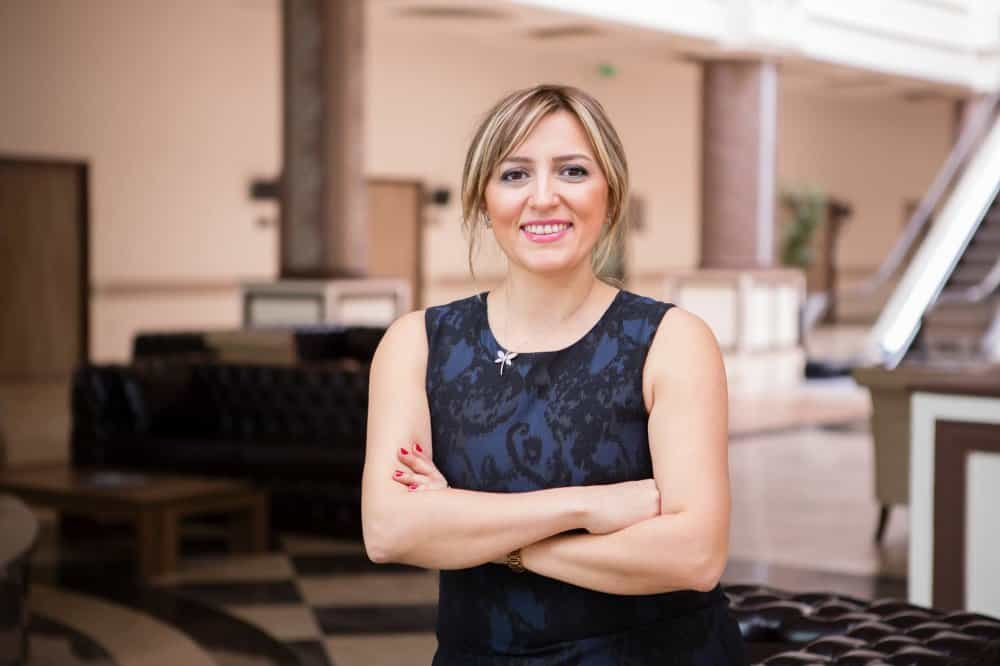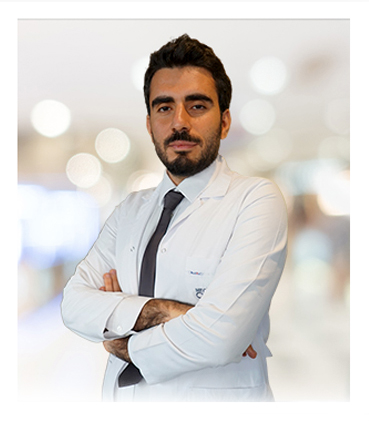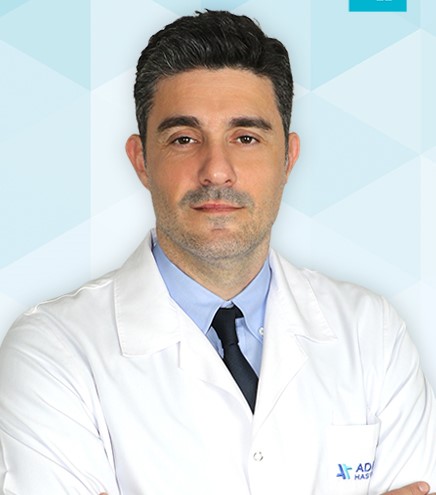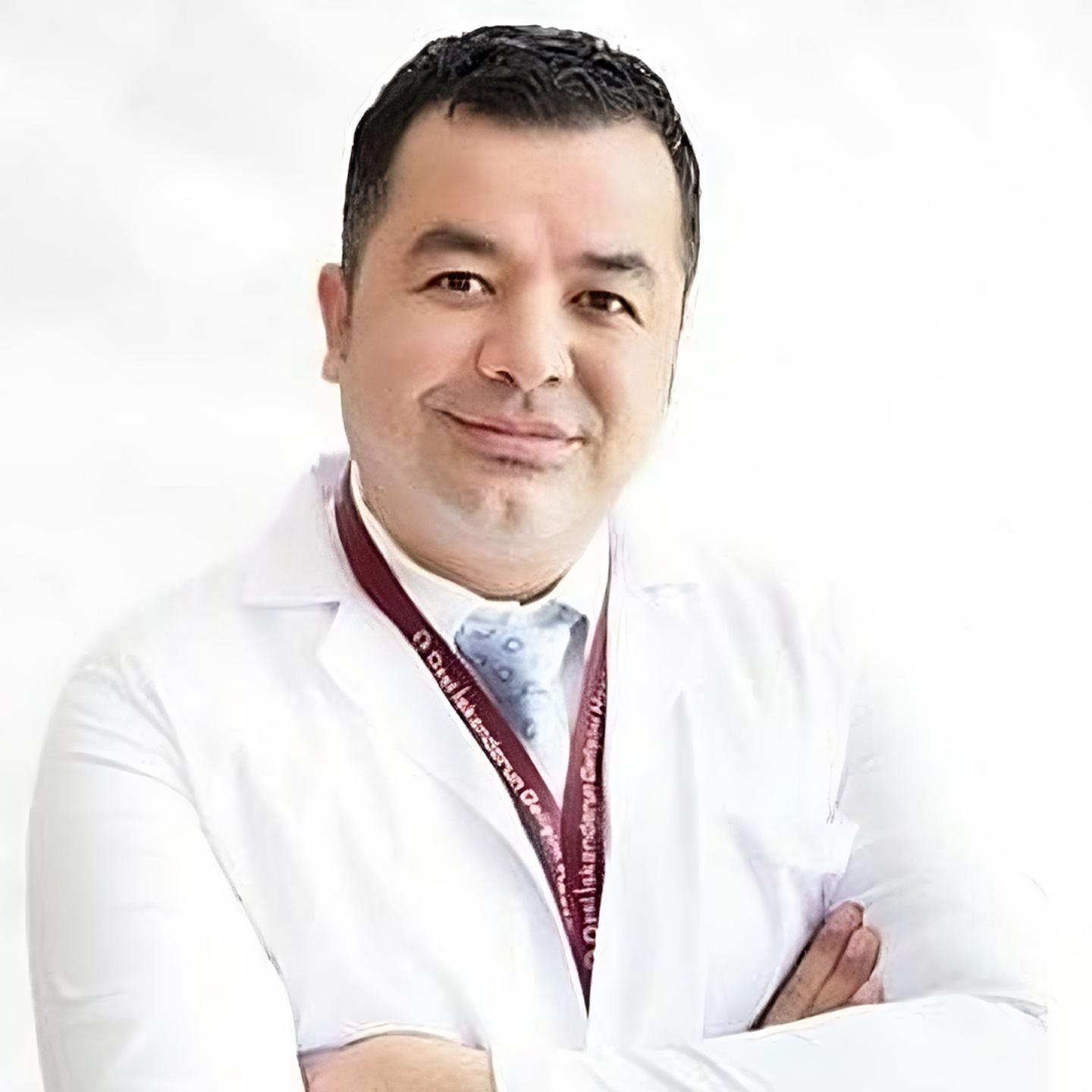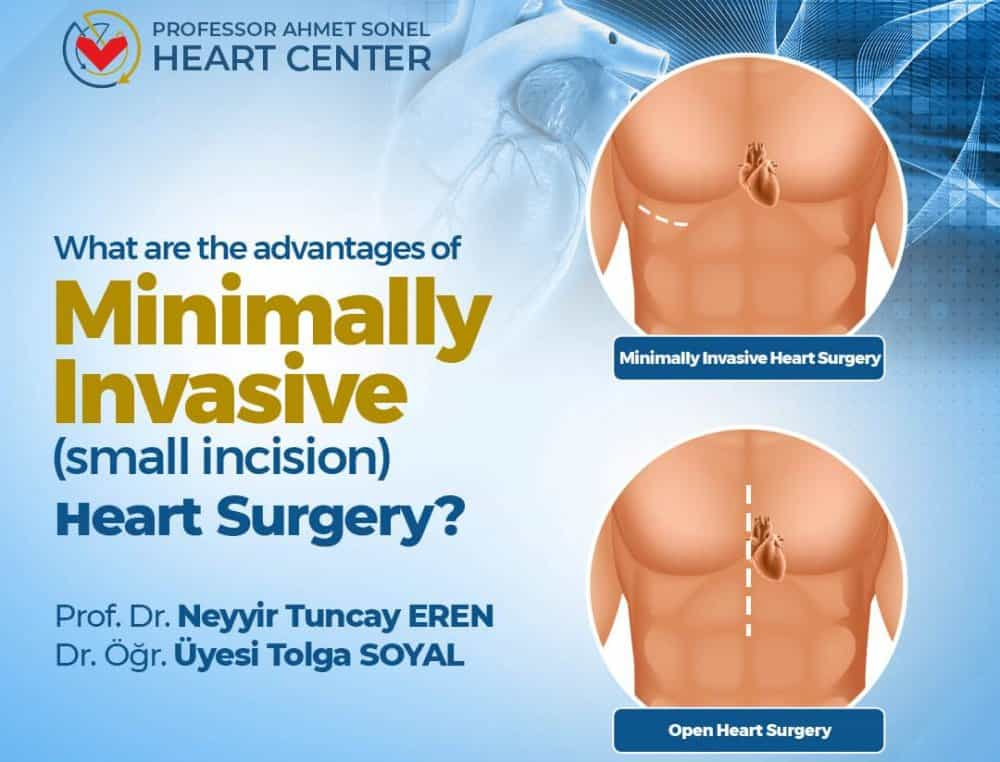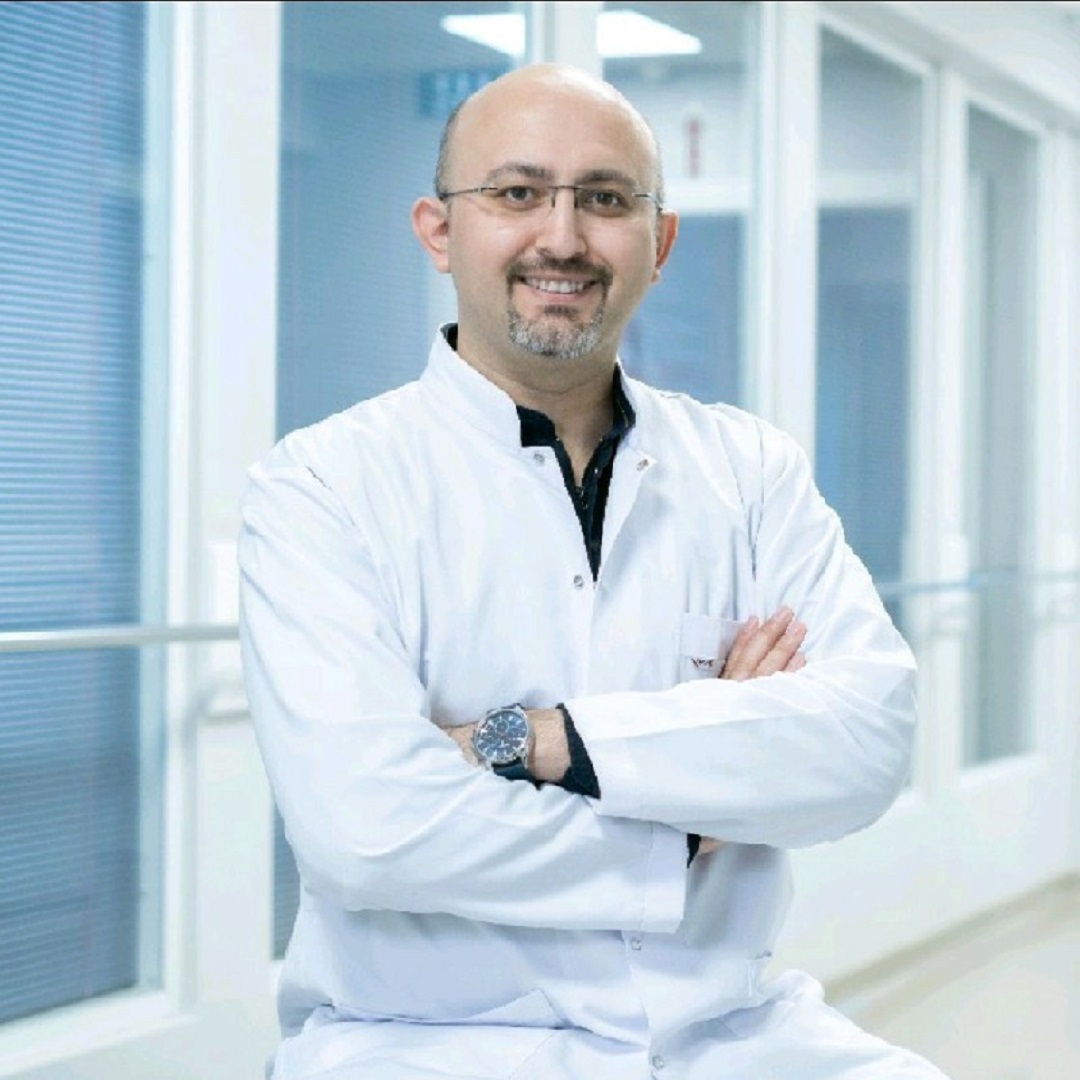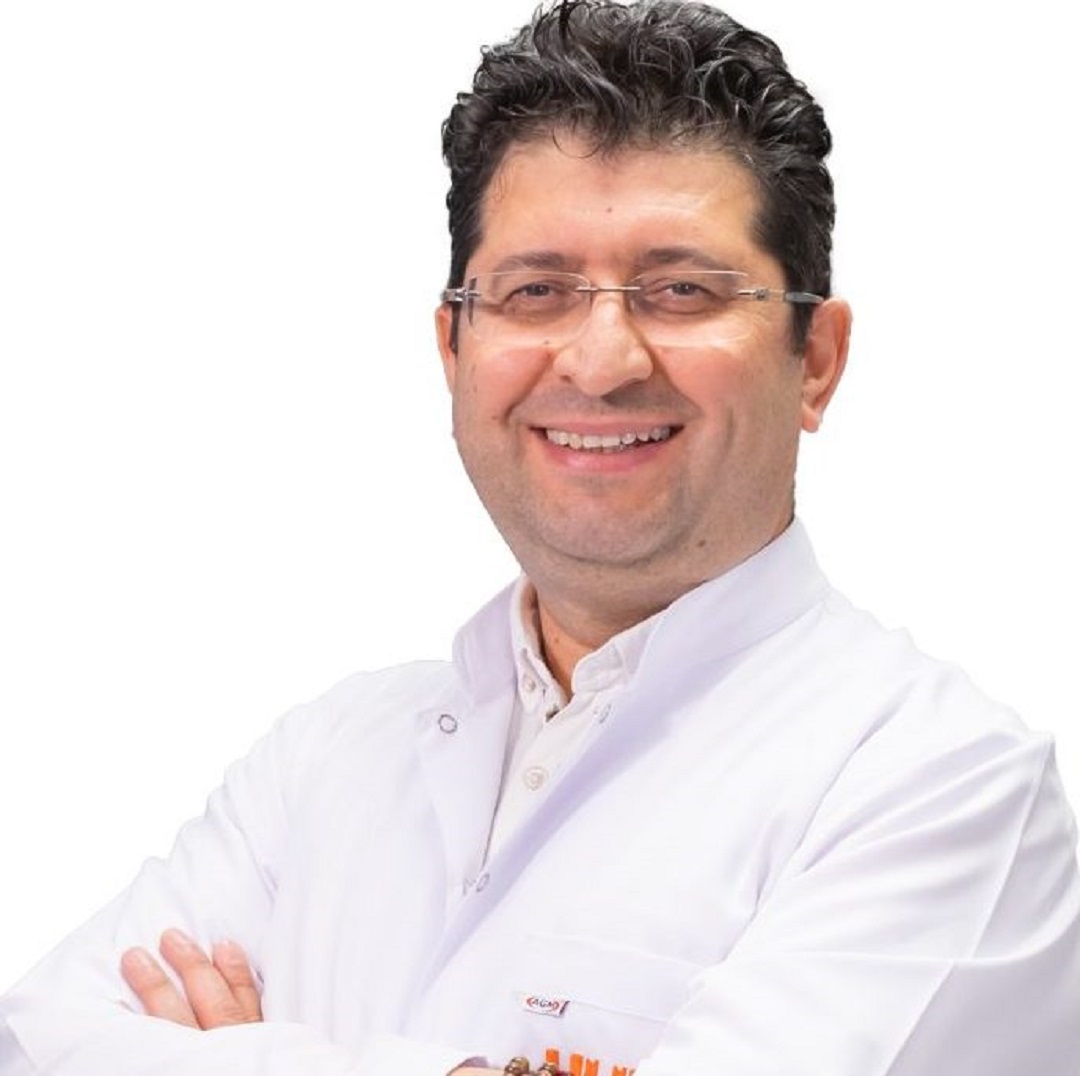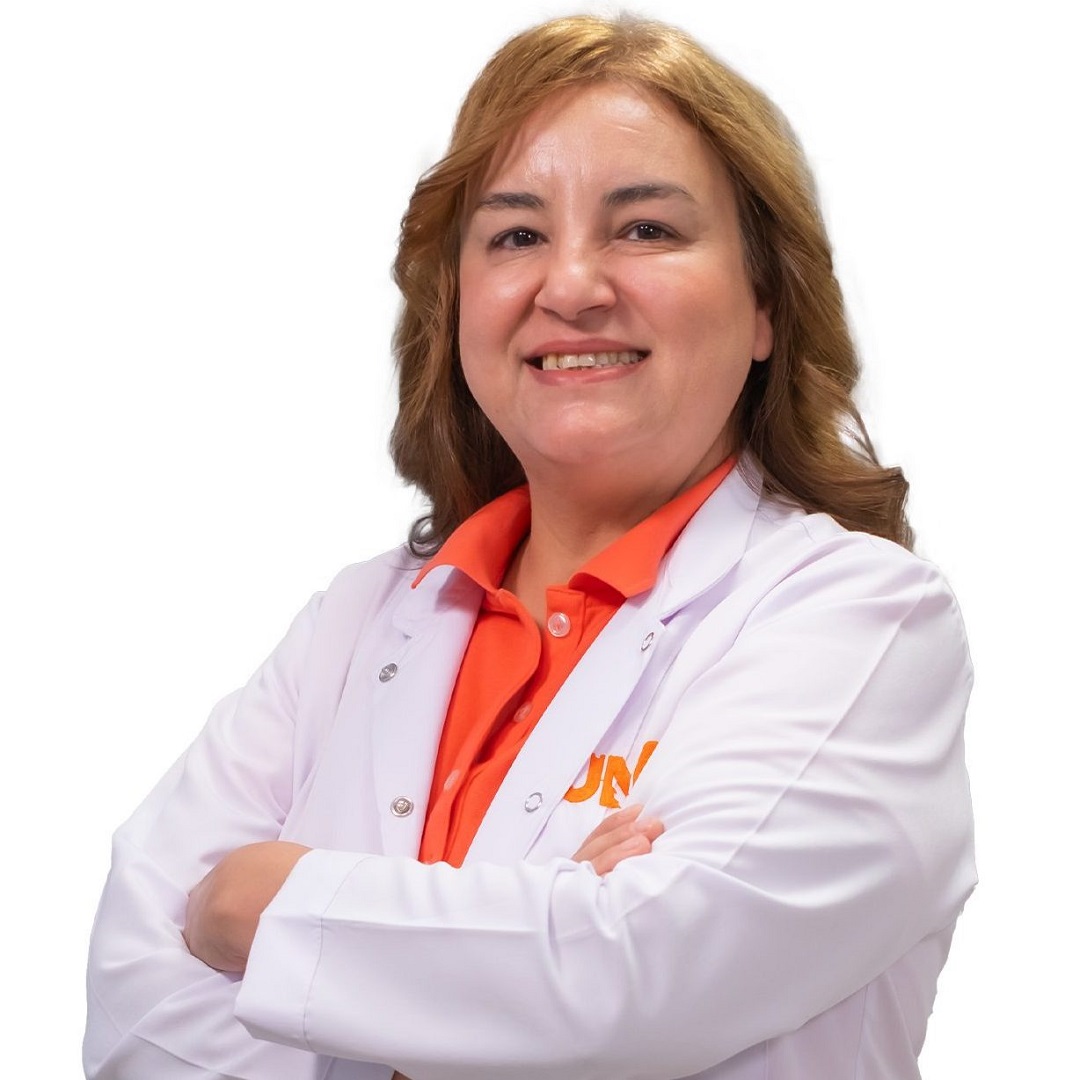
Frozen-Thawed Versus Fresh Single Blastocyst Transfer
By Selman Laçin, MD
Obstetrician and Gynecologist at Medicana International IVF Center in Istanbul, Turkey
AIM:
Advances in cell culture and laboratory technique and sequential media have leaded a significant shift in IVF practice from cleavage stage embryo transfer (ET) to blastocyst transfer.
In the literature, investigators have reported that blastocyst transfers result in a higher implantation rate (IR) and better pregnancy outcomes with a smaller number of transferred embryos compared to cleavage stage ETs [1-3]. Cryopreservation is being widely used nowadays and prevents the wastage of supernumerary embryos. The transfers of frozen-thawed embryos constitute more than 20% of all ETs worldwide [4-5]. Historically, fresh embryo transfers are accepted to have better pregnancy results and hence preferred in IVF treatments. But recent findings and improvements about laboratory conditions may challenge this concept.
We aimed to evaluate clinical outcomes of frozen-thawed embryo transfer (FET) with single blastocysts using vitrification in our center and comparing them with single fresh blastocyst transfers.
Early blastocysts and shrunken blastocysts vitrified with a pull and cut straw, which was constructed by pulling and cutting a 0.25 mL plastic sterile straw (CBS; Cryo Bio System). The blastocyst(s) were equilibrated in 7.5% ethylene glycol (EG) and 7.5% dimethyl sulfoxide (DMSO) for 10-12 minutes, and exposed in 15% EG and 15% DMSO in hepes buffered M-199 medium adding 0.5 M sucrose within 1 minute. The embryos with a normal morphology after thawing were transferred to endometrium prepared with oral estrogen (6-8 mg oral daily, Estrafem tablets, Novo Nordisk Pharma AG, Copenhagen DK) and progesterone ( Crinone % 8 vaginal gel daily, Serono, IT).
Clinical pregnancy was defined as the presence of a fetal hearth beat on transvaginal ultrasound at the 7th weeks of gestation. We compared patients’ characteristics and the pregnancy outcomes of each group.
Patients’ characteristic such as age and body mass index (BMI) values of each group, were compared using the Student’s t-test. Ordinary values such as the pregnancy rate were analyzed by the χ2-test. A p-value<0.05 was reported as statistically significant.
MATERIALS AND METHODS: A retrospective comparative analysis was done about 512 single fresh blastocyst transfer cycles and 162 frozen-thawed single blastocyst transfer cycles in women under 35 years of age performed in Medicana International Istanbul Hospital, ART Center in Turkey.
Only single blastocyst transfers were included into this study and preimplantation genetic diagnosis cycles were excluded. Informed consent for cryopreservation and subsequent thawing was obtained for all patients. Single step culture media was used for blastocyst culture (Irvine Scientific, Santa Ana, CA 92705 USA ).
Asisted hatching was routinly used for both fresh blastocyst transfers and before the vitrification process for shrinkage of the blastocyst to freeze.
RESULTS: Mean maternal age, clinical pregnancy rates are seen in Table 1.
There was no difference in age, BMI, or basal FSH between the fresh and FET group. The survival rates of embryos after thawing were also similar (90.8% vs. 88.3%) between the two groups. When the results were evaluated;
Of the 512 single blastocyst transfer cycles in the fresh group, there were 269 clinical pregnancies and the clinical pregnancy rate was 52,5 %.
Of the 162 single blastocyst transfer cycles in the vitrified-thawed group, there were 83 pregnancies and the clinical pregnancy rate was 51,2 %.
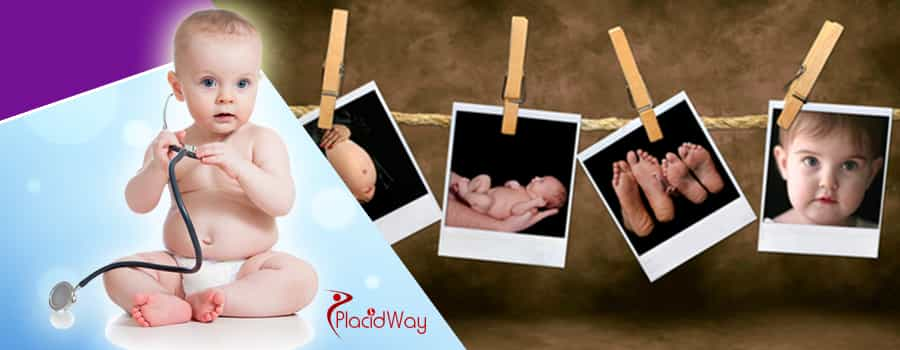
The implantation rate and ongoing pregnancy rate did not differ significantly between the two groups.
|
Characteristics |
Fresh transfer (n=512) | Blastocyst FET (n=162) p-value |
| Age (yr) | 33.4±3.8 | 33.3±3.9 NS |
| BMI (kg/m2) | 24.5±3.2 | 22.3±3.5 NS |
| Basal FSH (mIU/mL) | 8.9±6.5 | 7.6±5.5 NS |
| Duration of infertility (mo) | 35.4±27.5 | 38.7±34.8 NS |
| EM thickness (mm) | 9.5±1.2 | 9.2±2.6 NS |
|
Characteristics |
Fresh transfers (n=521) | FET (n=162) | p-value |
| Survival rate after thawing (%) | 90.8±13.4 | 88.3±15.6 | NS |
| Clinical pregnancy rate (%) | 52.5 | 51.2 | NS |
Values are presented as mean±standard deviation.
FET, frozen-thawed embryo transfer; NS, not significant.
a p-value presents the significance of the difference between FET and fresh blastocyst ET;
DISCUSSION:
Transferring cryopreserved embryos offers several major advantages. It is less expensive and less invasive than repeating an ovarian stimulation required for a fresh embryo transfer (ET) and there is no risk of ovarian hyperstimulation.
These improvements in cryopreservation methods have helped to increase the clinical pregnancy rate. Although slow freezing is the first and classic method of cryopreservation for human reproductive cells, vitrification appears to be more attractive now for the freezing of a small number of embryos at a time. It is less expensive as it does not use expensive instruments, and more time efficient, requiring several minutes as compared with 1 to 2 hours for slow freezing. Moreover, several reports show improved results in terms of the survival rate and clinical pregnancy rates with the application of vitrification [5,6]. Some other investigators have reported superior pregnancy rates with the FET recently (7) .
In relation to baby outcomes, recent evidence also suggests that better perinatal outcomes follow the transfer of frozen/thawed embryos rather than fresh embryos (8,9).
FET with blastocyst may be better than fresh blastocyst transfer because it undergoes the selection processes twice. The first selection is the survival through the extended ( 5 day ) culture and the second is the survival during the freezing-thawing processes. In practice, few studies about the superiority of blastocyst FET have been reported and each of them has presented different results. Some investigators have shown favorable pregnancy outcomes in blastocyst FET compared with other staged embryo FET [10,13]. There are several reasons why freezing embryos at the blastocyst stage may be beneficial. First, blastocysts have many cells, thus the loss of a few cells during the freezing and thawing process may not compromise their integrity. Moreover, the developmental capability of an individual embryo can be better established by growing it to the blastocyst stage. Any embryos which display developmental arrest would be identified and discarded prior to cryopreservation, leaving only the most competent embryos to be cryopreserved.
Certainly the weakness of our study is that it is retrospective in nature. Additionally, embryos were not graded prior to transfer.
In summary, growing embryos after IVF to blastocyst stage prior to freezing is associated with fewer cryopreserved embryos and may not compromise patients’ chance of achieving a pregnancy.
On the basis of these results, the blastocyst stage of development appears to be optimal for clinical freeze-thaw trials. The literature data still do not support the freezing of all embryos for transfer in order to improve the outcome. A top quality embryo transferred in FET may even have the same potential as in a fresh cycle.
References:
1. . Papanikolaou EG, Kolibianakis EM, Tournaye H, Venetis CA, Fatemi H, Tarlatzis B, et al. Live birth rates after transfer of equal number of blastocysts or cleavage-stage embryos in IVF. A systematic review and meta-analysis. Hum Reprod 2008;23:91-9.
2. Papanikolaou EG, Camus M, Kolibianakis EM, Van Landuyt L, Van Steirteghem A, Devroey P. In vitro fertilization with single blastocyst-stage versus single cleavage-stage embryos. N Engl J Med 2006;354:1139-46.
3. Blake DA, Farquhar CM, Johnson N, Proctor M. Cleavage stage versus blastocyst stage embryo transfer in assisted conception. Cochrane Database Syst Rev 2007;(4):CD002118.
4. Trounson A, Mohr L. Human pregnancy following cryopreservation, thawing and transfer of an eight-cell embryo. Nature 1983; 305:707-9.
5. Kolibianakis EM, Venetis CA, Tarlatzis BC. Cryopreservation of human embryos by vitrification or slow freezing: which one is better? Curr Opin Obstet Gynecol 2009;21:270-4.
6. Stehlik E, Stehlik J, Katayama KP, Kuwayama M, Jambor V, Brohammer R, et al. Vitrification demonstrates significant improvement versus slow freezing of human blastocysts. Reprod Biomed Online 2005;11:53-7.
7. Shapiro et al. Matched-cohort comparison of single-embryo transfers in fresh and frozen-thawed embryo transfer cycles. Fertil Steril. 2013 Feb;99(2):389-92.
8. Wang YA, Sullivan EA, Black D, Dean J, Bryant J, Chapman M . Preterm birth and low birth weight after assisted reproductive technology- related pregnancy in Australia between 1996 and 2000. Fertil Steril. 2005 Jun;83(6):1650-8
9. Shih W et al. Factors affecting low birthweight after assisted reproduction technology: difference between transfer of fresh and cryopreserved embryos suggests an adverse effect of oocyte collection. Hum REprod 2008 Jul;23(7):1644-53.
10. Liebermann J, Dietl J, Vanderzwalmen P, Tucker MJ. Recent developments in human oocyte, embryo and blastocyst vitrification: where are we now? Reprod Biomed Online 2003;7:623-33.
11. Anderson AR, Weikert ML, Crain JL. Determining the most optimal stage for embryo cryopreservation. Reprod Biomed Online 2004;8:207-11.
12. Li HZ, Qiao J, Chi HB, Liu P, Wu BS, Chen XN, et al. Comparison of multiple pregnancy rate following transfer of frozen-thawed or fresh embryos and analysis of related factors. Zhonghua Yi Xue Za Zhi 2009;89:2626-8.
13. Shin MR, Choi HW, Kim MK, Lee SH, Lee HS, Lim CK. In vitro development and gene expression of frozen-thawed 8-cell stage mouse embryos following slow freezing or vitrification. Clin Exp Reprod Med 2011;38:203-9.










